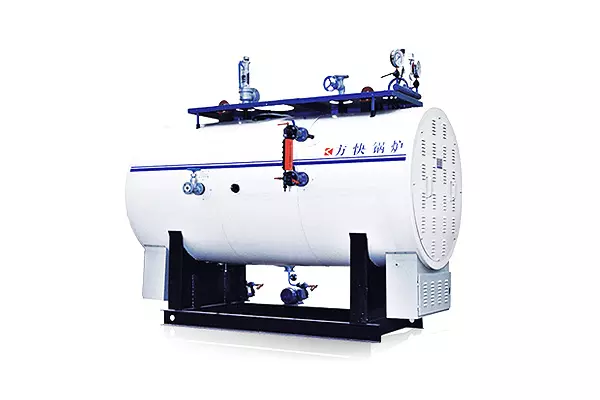
Эффективные и надежные электрические паровые котлы
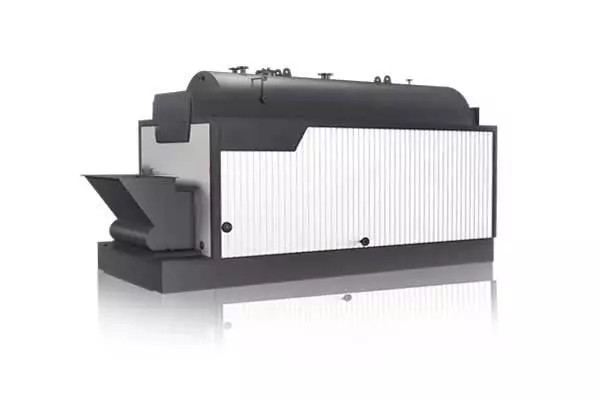
Высокоэффективные паровые котлы, работающие на биомассе
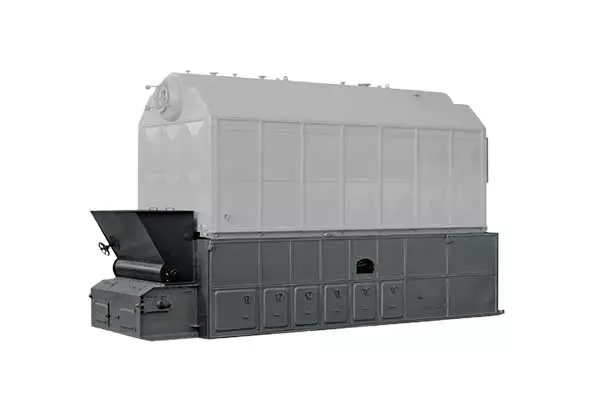
Надежные и эффективные угольные паровые котлы
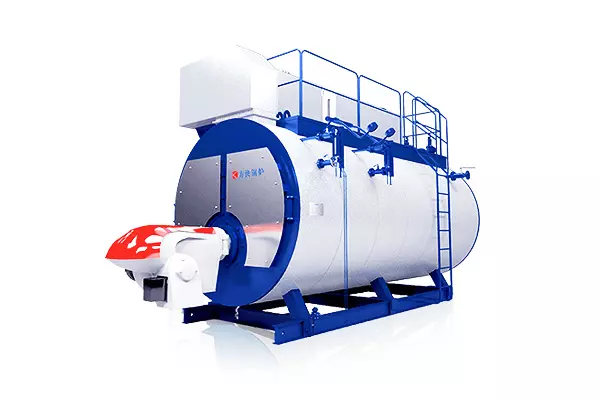
Надежные паровые котлы на жидком топливе для промышленного применения
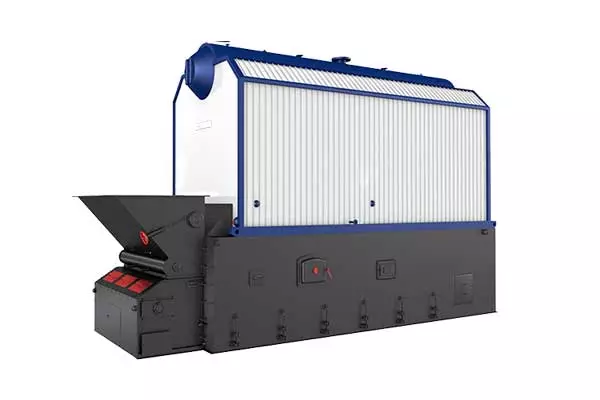
Качественные угольные водогрейные котлы
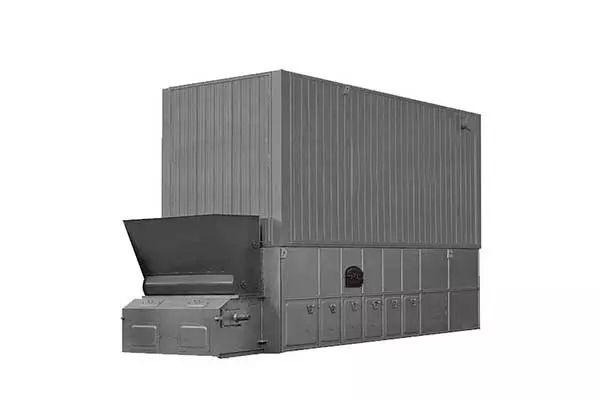
Надежные и эффективные водогрейные котлы, работающие на биомассе
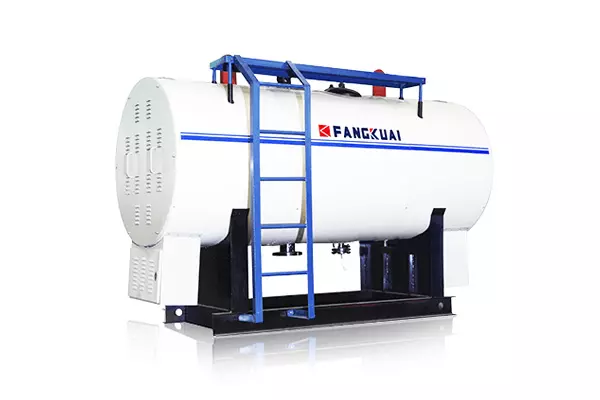
Эффективные и надежные электрические водогрейные котлы
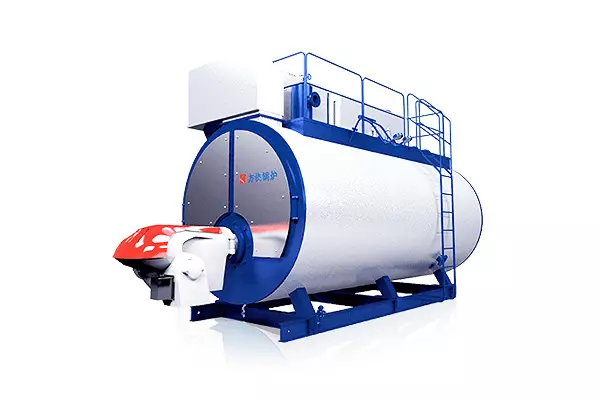
Эффективные и надежные газовые водогрейные котлы
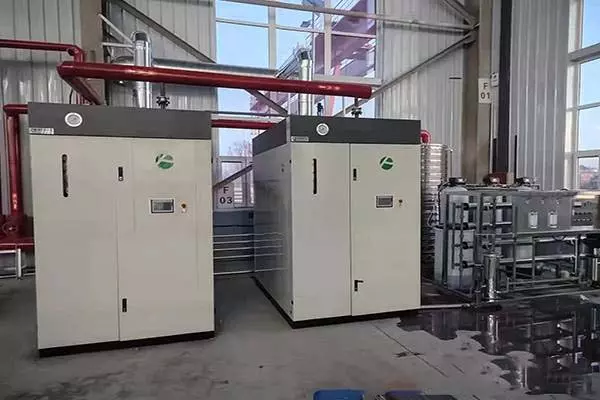
Парогенератор на биомассе - Эффективное и устойчивое энергетическое решение
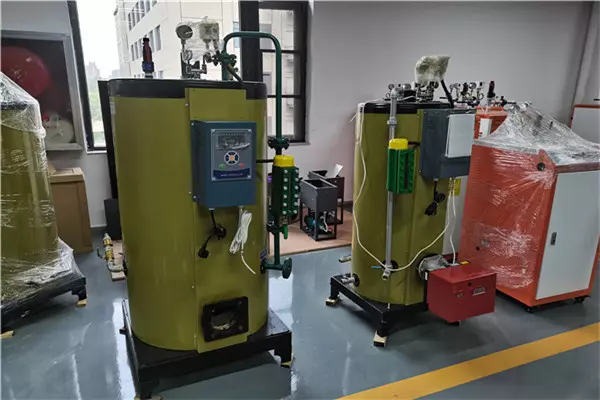
Высокопроизводительный электрический парогенератор для промышленного использования
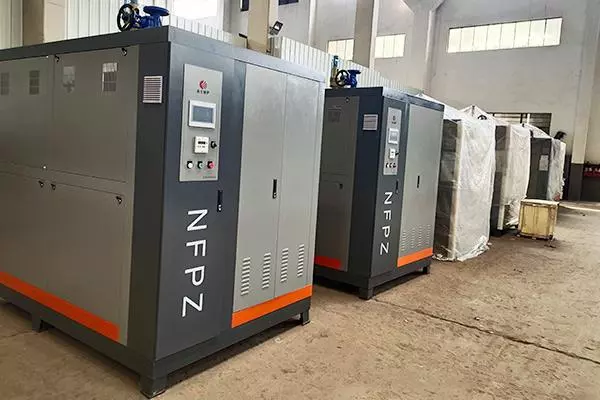
Высокоэффективный газовый парогенератор
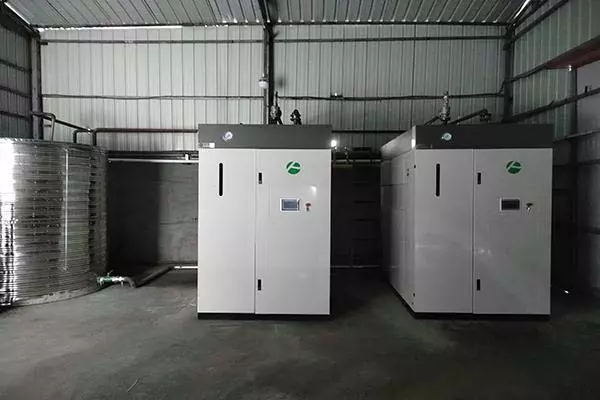
Мощный и эффективный дизельный парогенератор для промышленного использования
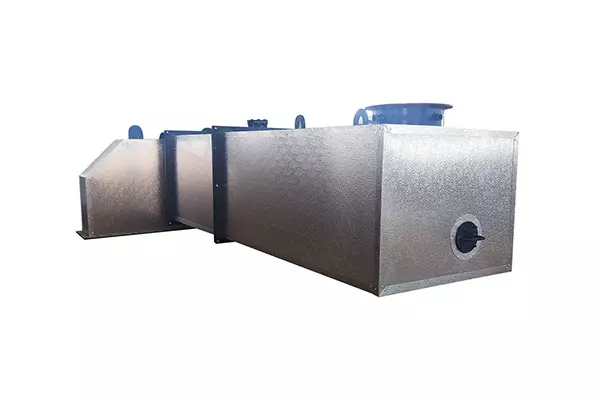
Экономьте энергию и сокращайте расходы с энергосберегающим устройством Fangkuai Boiler Energy Saver
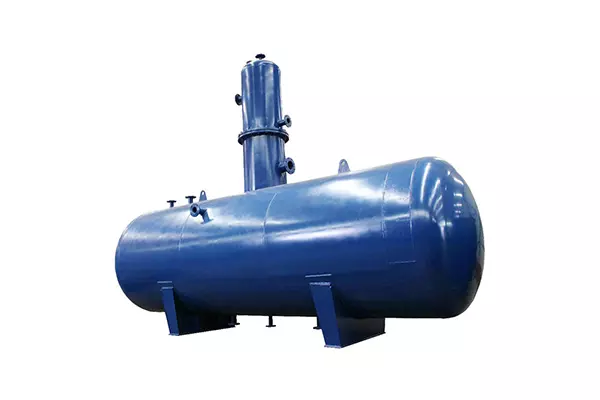
Деаэратор котла: Эффективное решение для паровых систем
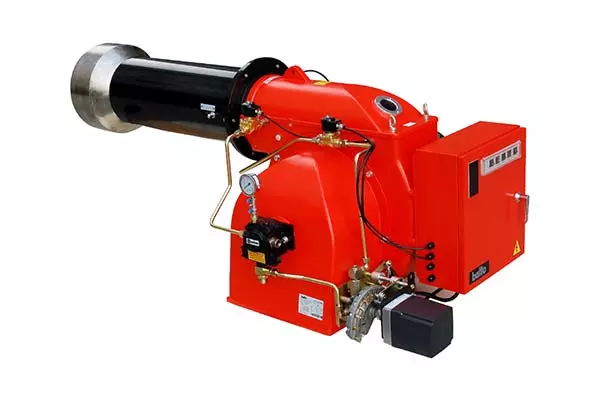
Горелка котла Фангкуая: Идеальное решение для высокой эффективности и низкого уровня выбросов
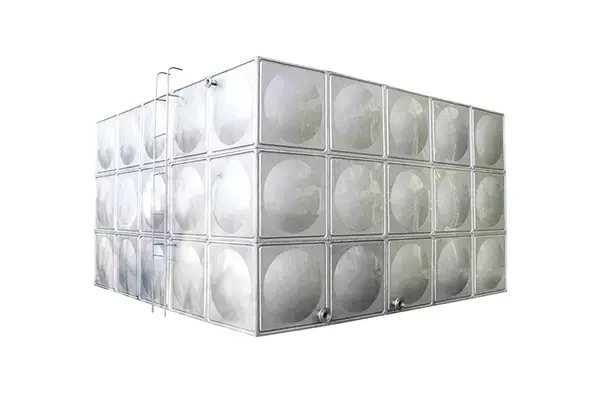
Бак горячей воды котла | Надежное и удобное решение для горячего водоснабжения
Чжэнчжоу Fangkuai Boiler Sales Co., ООО. является дочерней компанией Fangkuai Boiler Company., mainly responsible for the domestic and foreign trade of Fangkuai Boiler.Fangkuai Headquarters Base has a single-building R&D center, лаборатория полного рабочего состояния и два производственных растения, с производственной площадью 120 000 квадратных метров. Это ведущее предприятие в Китай с возможностями автоматизации котлов, и его продукция экспортируется во многие страны и регионы.


Впросмотреть отзывы наших клиентов
"Мы уже много лет используем термомасляный котел Fangkuai на нашем химическом заводе, и он нас ни разу не подвел.. Котел очень прочный и выдерживает суровые условия.. Он также очень прост в эксплуатации и обслуживании, что помогло нам сэкономить время и деньги на обслуживании. Термомасляные котлы Fangkuai являются первоклассными, и я настоятельно рекомендую их всем, кто нуждается в надежных решениях для отопления."
Чанг
Китай"Водогрейный котел от Fangkuai потрясающий. Быстро и эффективно нагревается, и вода долго остается горячей. У нас никогда не было с этим проблем, и это значительно улучшило нашу повседневную работу.. Процесс установки также был очень гладким, и обслуживание клиентов было превосходным.. Я очень рекомендую водогрейные котлы Fangkuai."
Сара
Канада"Я очень впечатлен качеством водогрейного котла Fangkuai.. Он построен на века и превзошел мои ожидания. Процесс установки также был очень гладким, и обслуживание клиентов было превосходным.. Водогрейный котел очень прост в эксплуатации и обслуживании., и энергоэффективность замечательная. Я очень рекомендую водогрейные котлы Fangkuai."
Джек
Австралия"Водогрейный котел от Fangkuai потрясающий. Быстро и эффективно нагревается, и вода долго остается горячей. У нас никогда не было с этим проблем, и это значительно улучшило нашу повседневную работу.. Процесс установки также был очень гладким, и обслуживание клиентов было превосходным.. Я очень рекомендую водогрейные котлы Fangkuai."
Сара
Канада"Парогенератор от Fangkuai идеально подходит для моего малого бизнеса.. Он очень прост в использовании и требует минимального обслуживания. Он также очень энергоэффективен, который помог мне сэкономить деньги на счетах за электроэнергию. Обслуживание клиентов в Fangkuai также отличное.. Они очень отзывчивы и всегда готовы помочь. Я настоятельно рекомендую парогенераторы Fangkuai."
Ахмед
Египет"Обслуживание клиентов в Fangkuai на высшем уровне.. Они помогли мне выбрать идеальный котел для моих нужд и оказали большую поддержку на протяжении всего процесса.. Процесс установки также прошел очень гладко, и котел превзошел все мои ожидания.. Он очень прост в использовании и обслуживании, и энергоэффективность замечательная. Я настоятельно рекомендую продукцию Fangkuai всем, кто нуждается в надежных и эффективных решениях для отопления."
Хуан
Мексика"Термомасляный котел от Fangkuai очень прост в эксплуатации и обслуживании.. Это помогло нам сэкономить время и деньги на обслуживании, что привело к значительной экономии средств. Качество материалов и конструкция котла исключительны.. Он также очень энергоэффективен, что помогло нам сэкономить деньги на наших счетах за электроэнергию. Я настоятельно рекомендую термомасляный котел Fangkuai. ."
Аллен
Бразилия"Водогрейный котел от Fangkuai потрясающий. Быстро и эффективно нагревается, и вода долго остается горячей. У нас никогда не было с этим проблем, и это значительно улучшило нашу повседневную работу.. Процесс установки также был очень гладким, и обслуживание клиентов было превосходным.. Я очень рекомендую водогрейные котлы Fangkuai."
Сара
Канада"Парогенератор от Fangkuai идеально подходит для моего малого бизнеса.. Он очень прост в использовании и требует минимального обслуживания. Он также очень энергоэффективен, который помог мне сэкономить деньги на счетах за электроэнергию. Обслуживание клиентов в Fangkuai также отличное.. Они очень отзывчивы и всегда готовы помочь. Я настоятельно рекомендую парогенераторы Fangkuai."
Ахмед
Египет